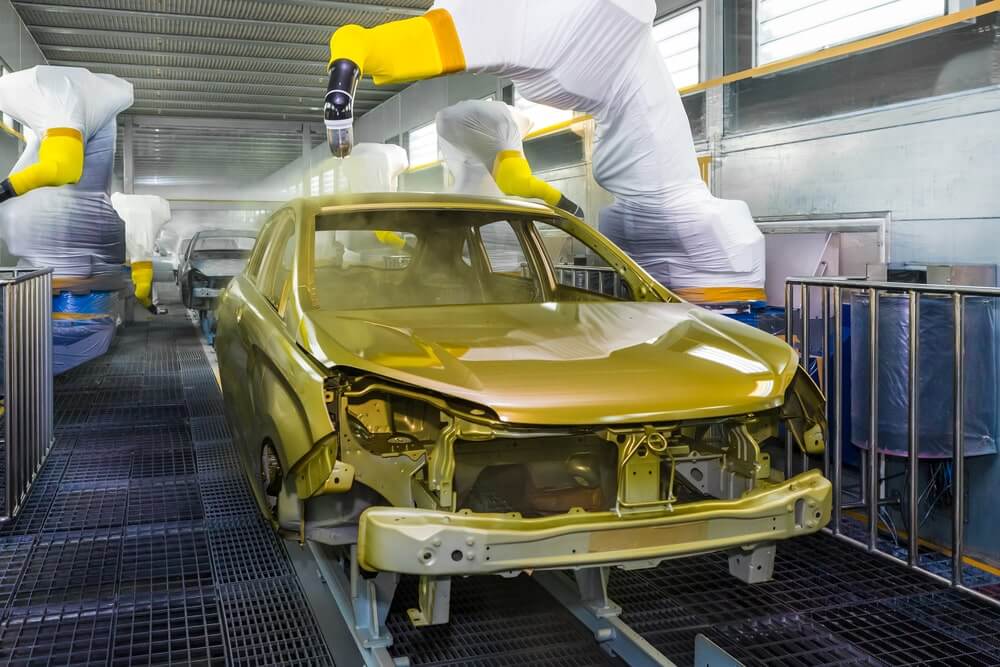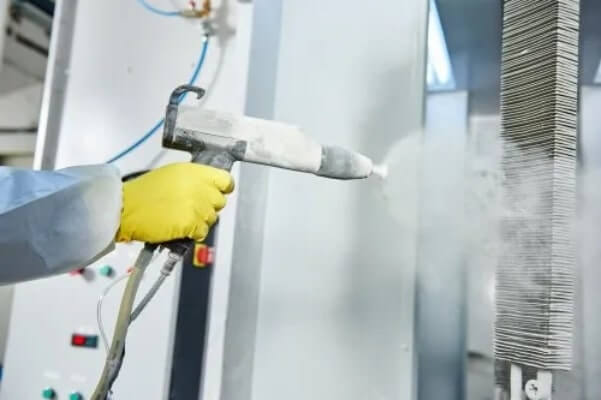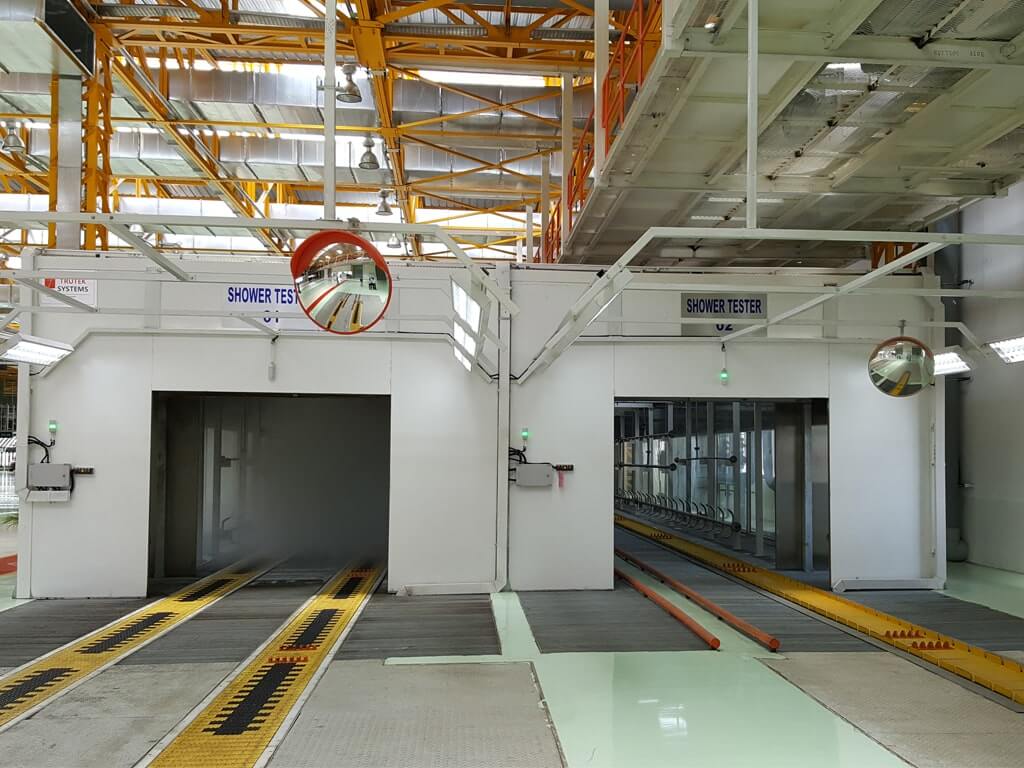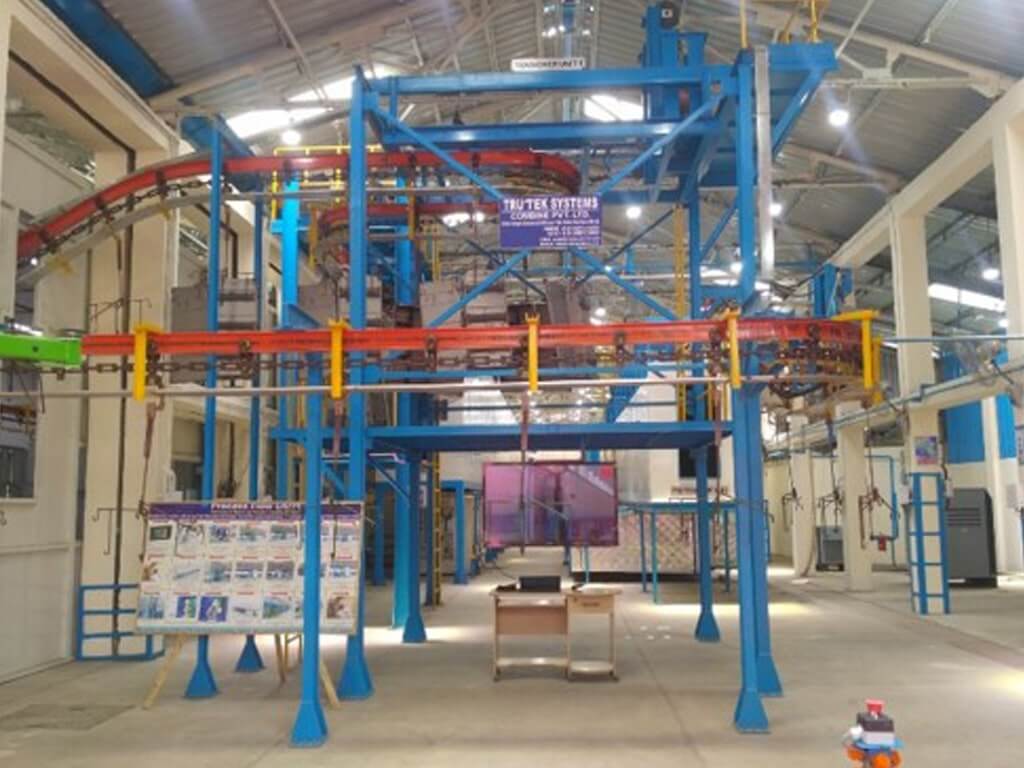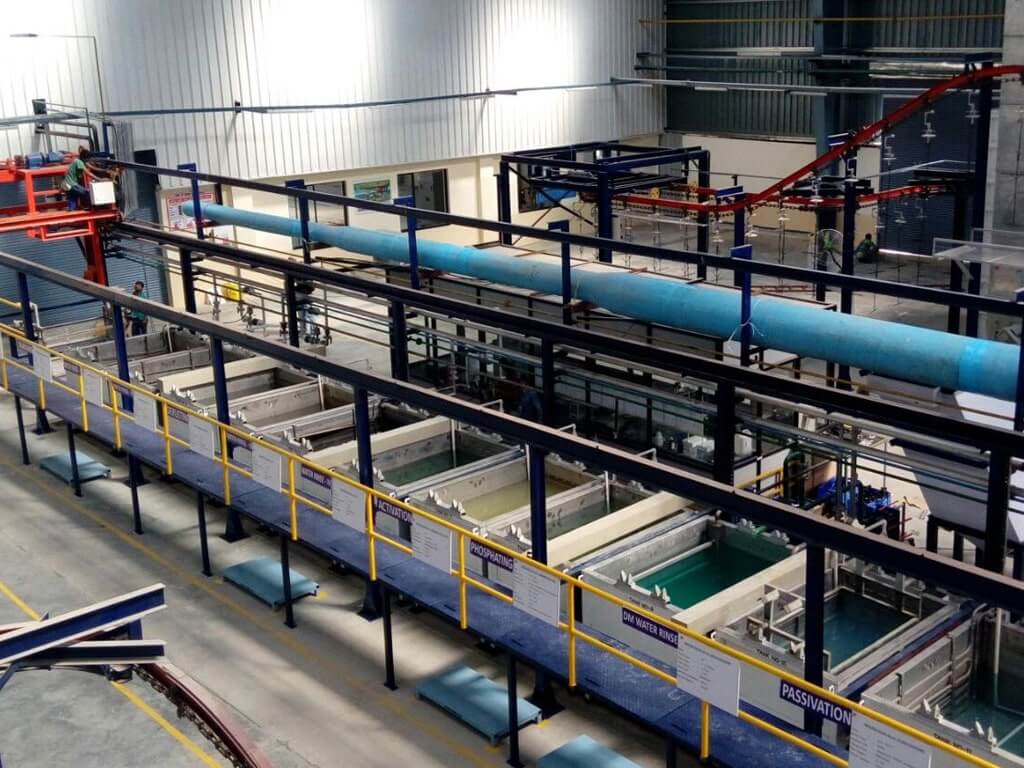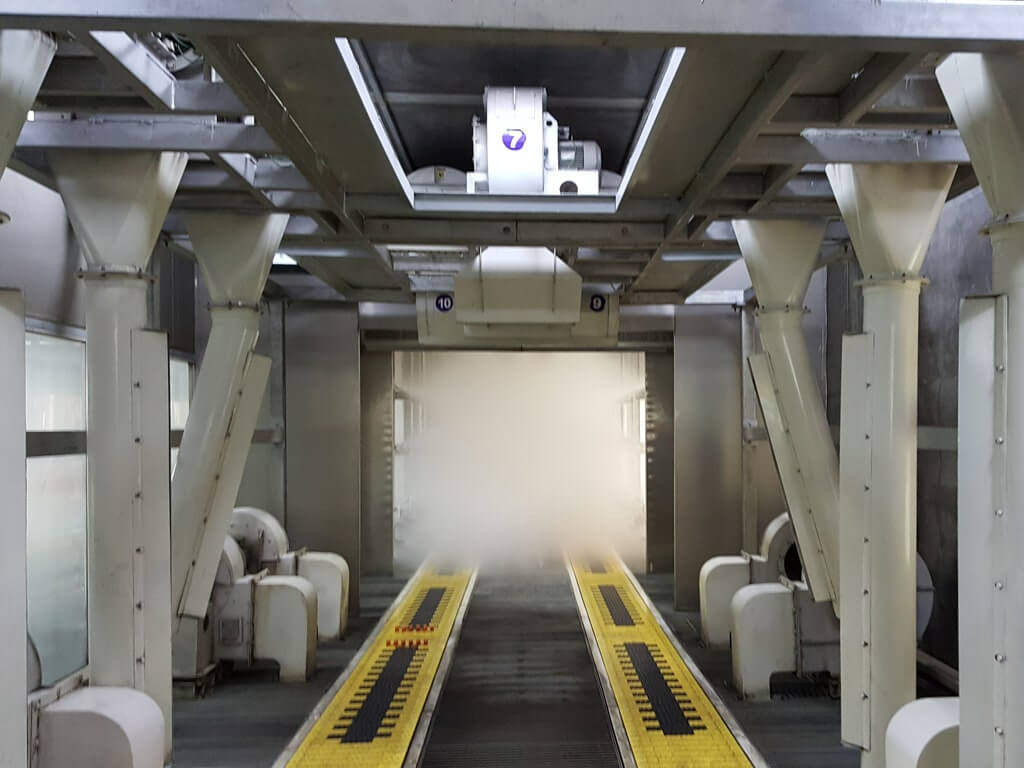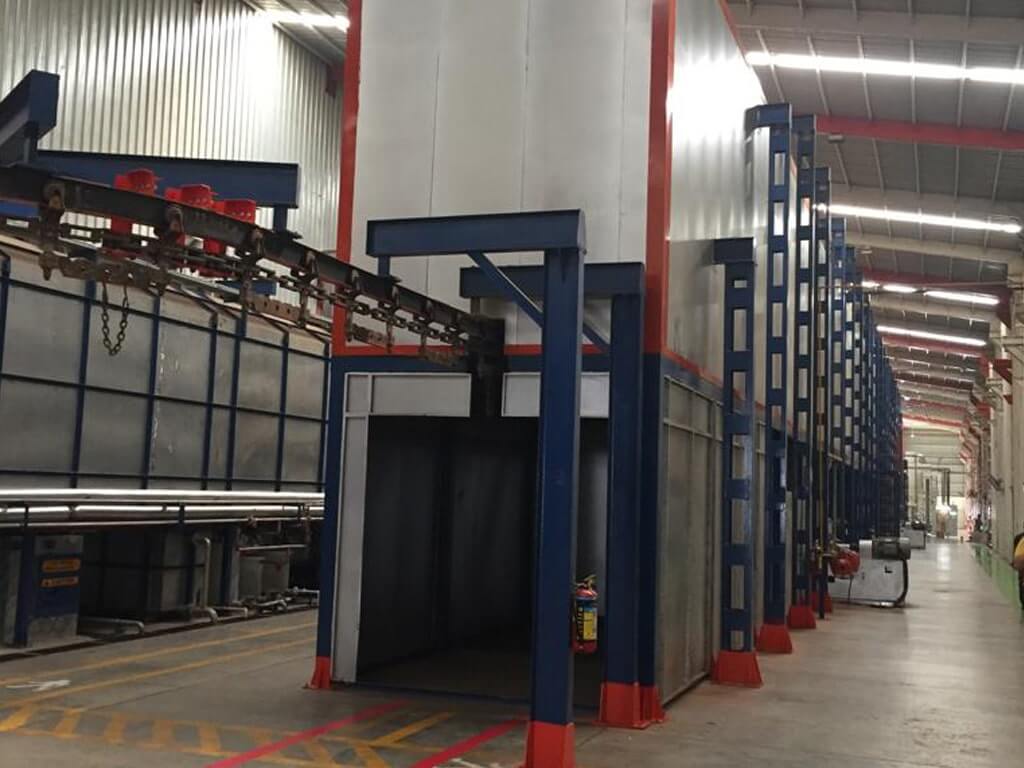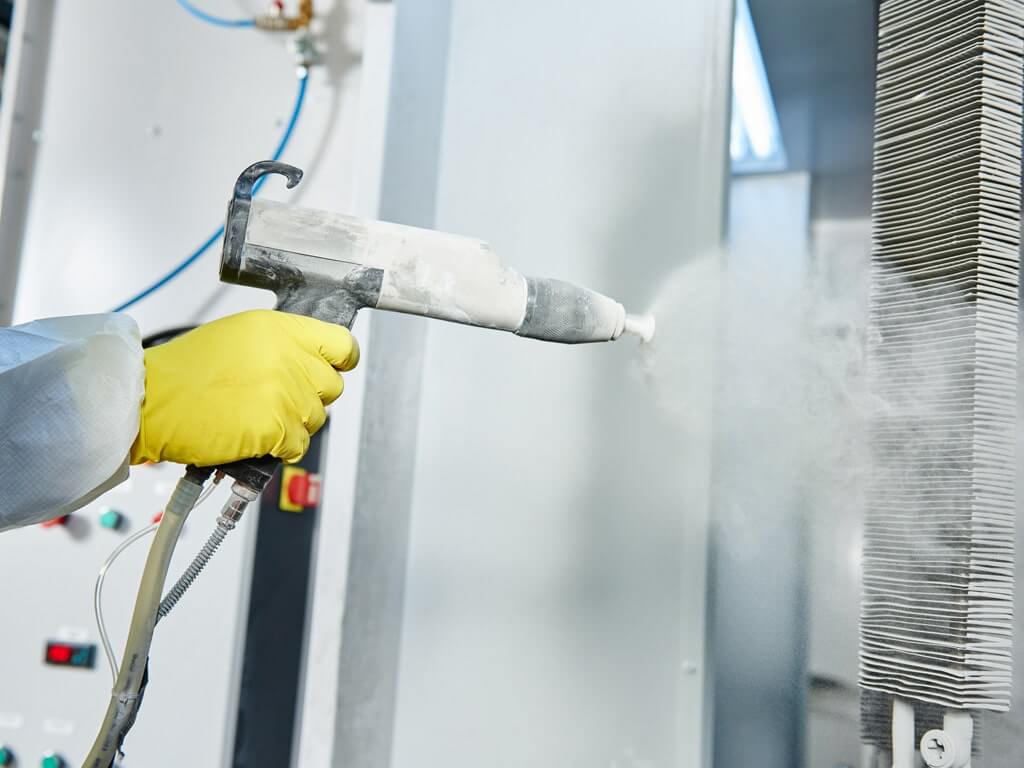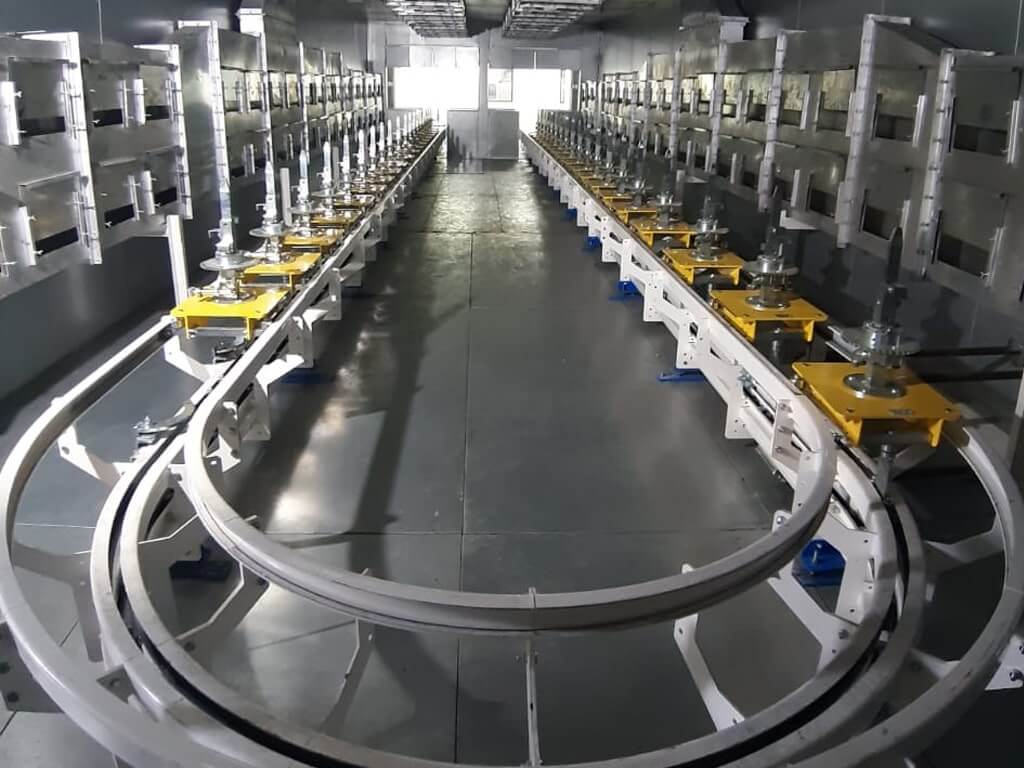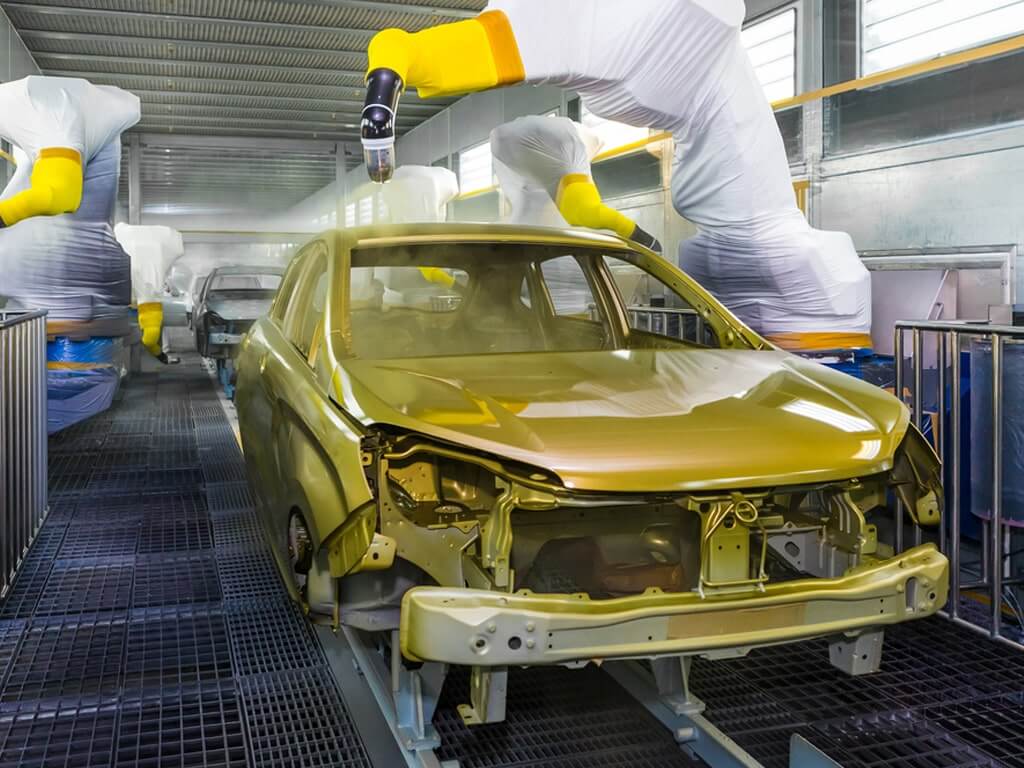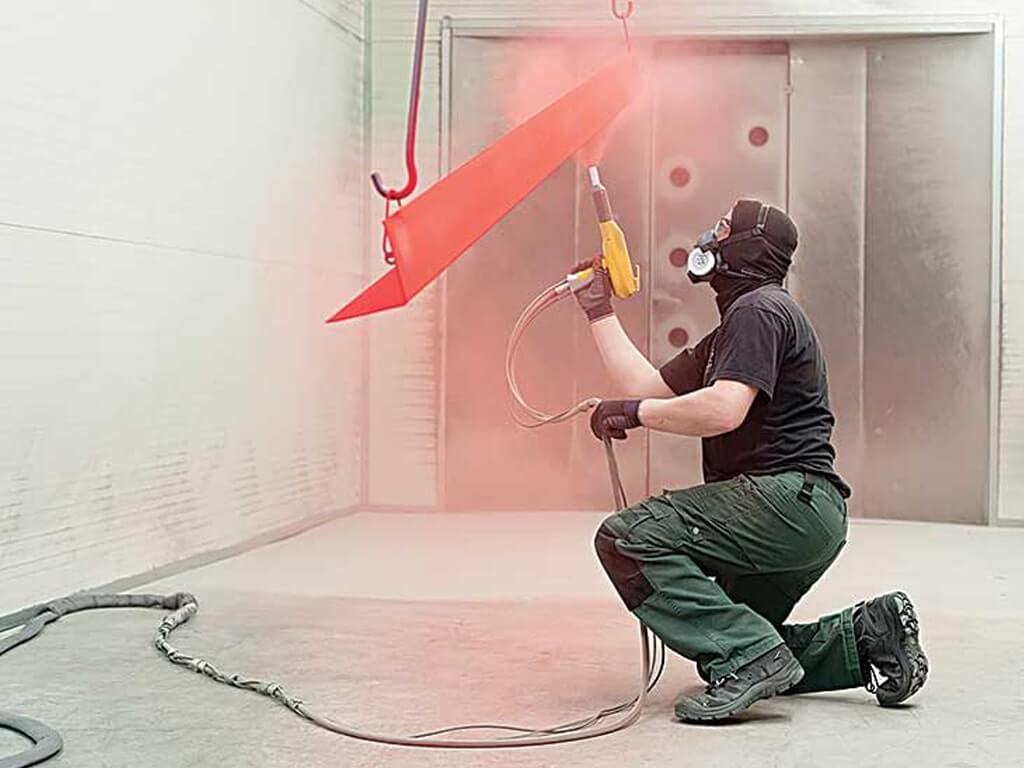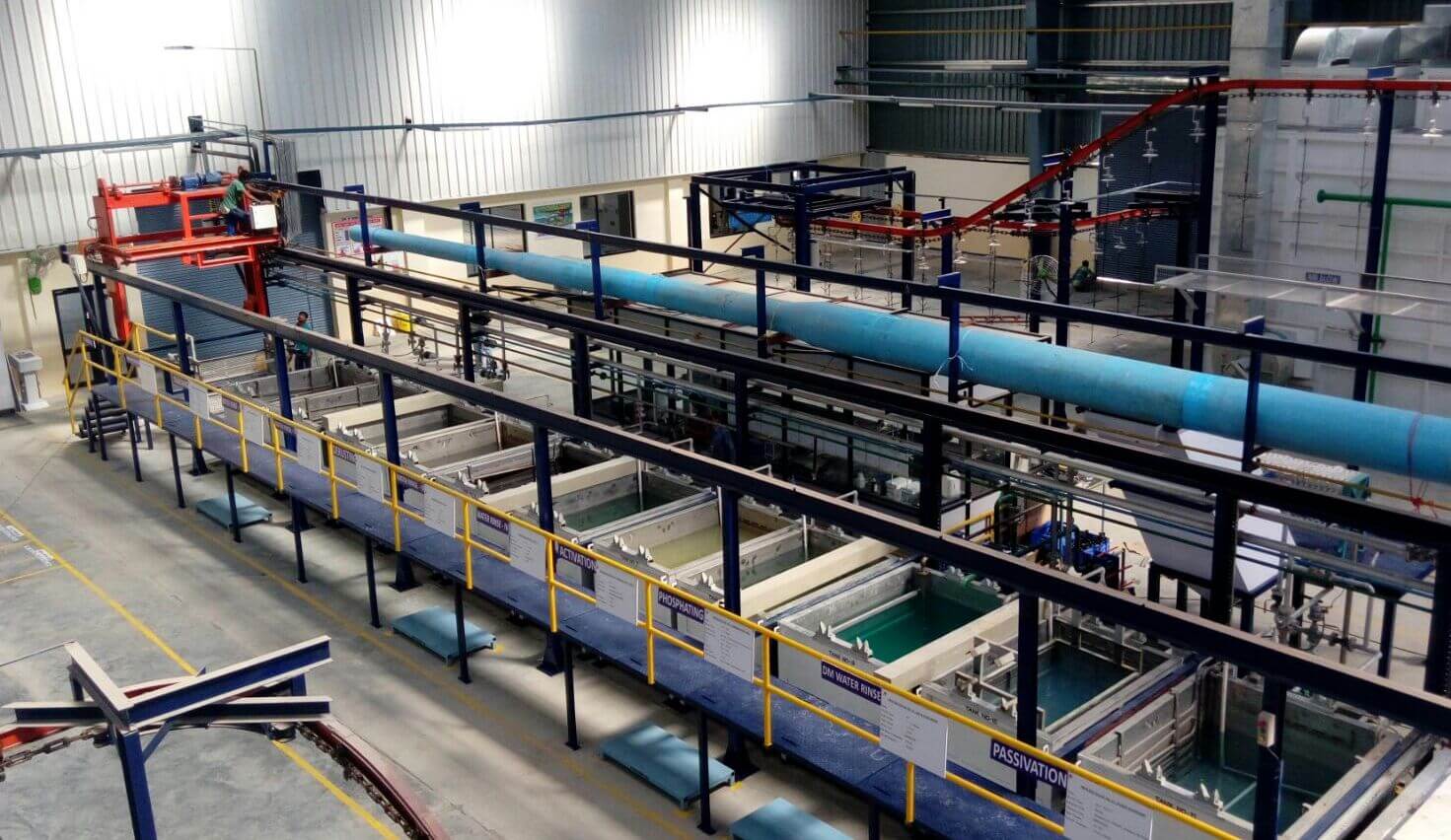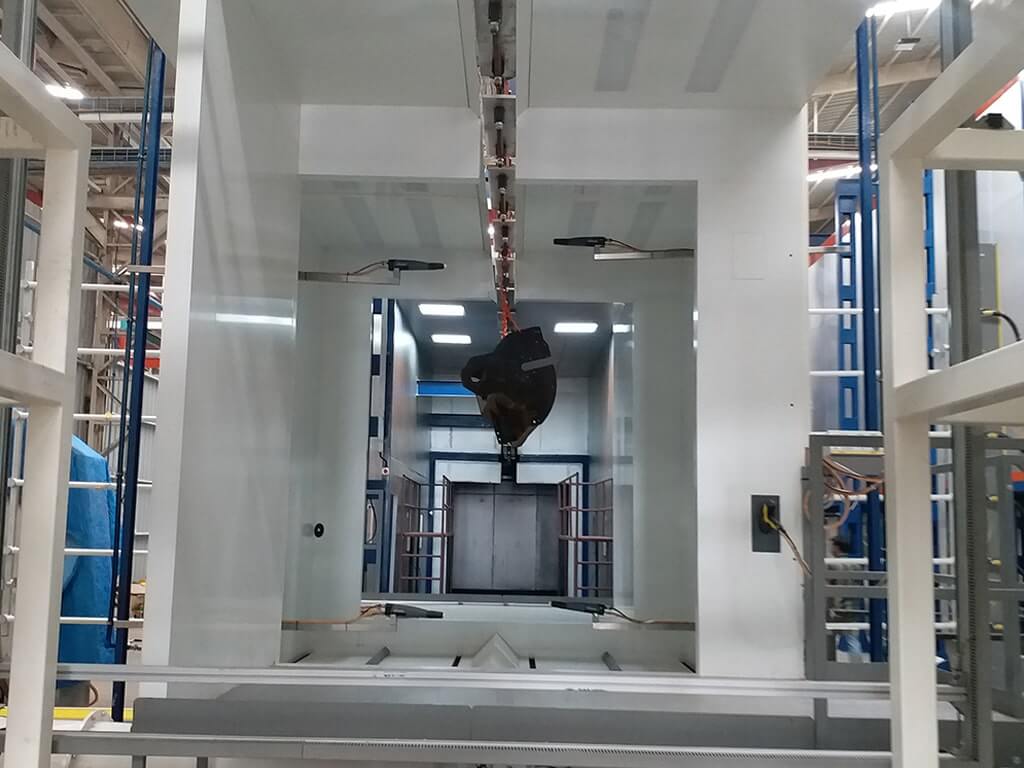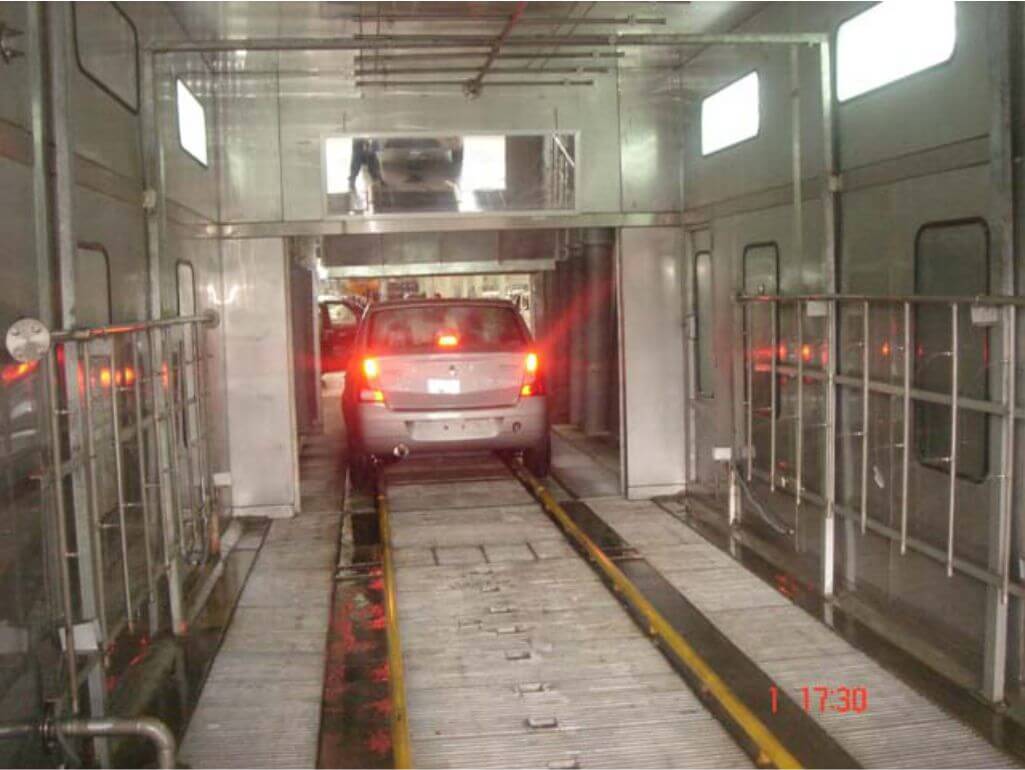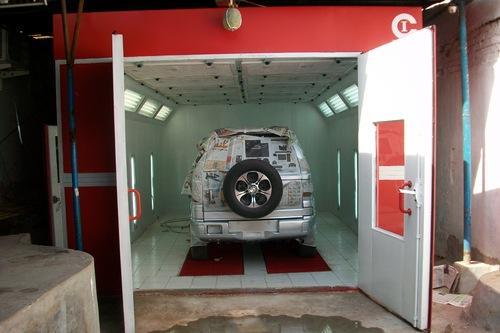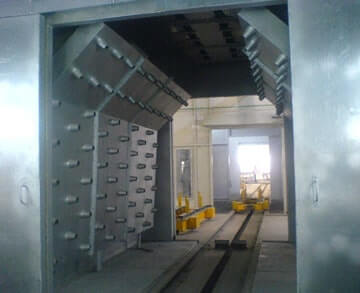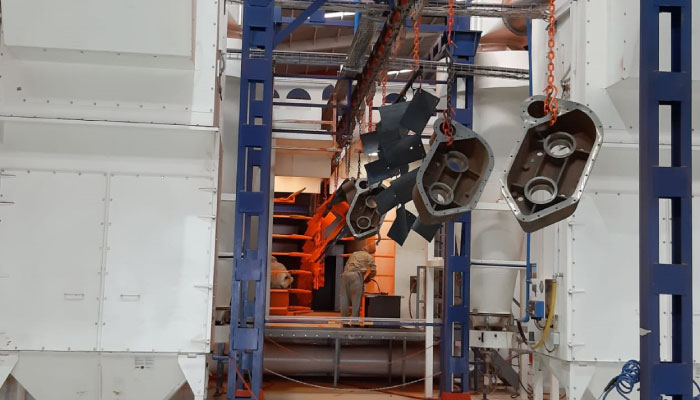
The Role of Robotics in Powder Coating Systems: Achieving Consistency and Efficiency
In today's competitive industrial landscape, manufacturers continually seek ways to improve their processes, increase efficiency, and deliver high-quality products. Powder coating, a popular finishing process, has greatly benefited from technological advancements, particularly through the integration of robotics. Using robotics in powder coating systems has revolutionized the industry by providing unmatched consistency, efficiency, and precision. In this blog, we will explore the role of robotics in powder coating systems and how they help achieve better outcomes in manufacturing.
Understanding Powder Coating and Its Importance
Powder coating is a dry finishing process in which a free-flowing, dry powder is applied to a surface and cured under heat to form a solid, protective layer. This method is widely used in various industries, including automotive, aerospace, furniture, and consumer goods, due to its durability, environmental friendliness, and ability to produce high-quality finishes.
The powder coating process consists of several steps: surface preparation, powder application, curing, and quality inspection. The goal is to apply an even layer of powder that adheres well to the substrate, ensuring long-lasting protection and aesthetic appeal. However, achieving consistent and uniform application can be challenging with traditional manual methods, leading to inefficiencies and product defects.
The Advantages of Robotics in Powder Coating
The introduction of robotics into powder coating systems addresses many of the challenges associated with manual application. Here are some key advantages of using robotics in powder coating:
Consistent and Precise Application
Robotic arms equipped with advanced sensors and control systems can apply powder coatings with remarkable precision and consistency. Unlike human operators, robots do not suffer from fatigue or variability in performance, ensuring that each part receives the same quality finish every time. This consistency is crucial for maintaining product quality and reducing waste due to defects or uneven coatings.
Increased Efficiency and Productivity Robotic powder coating systems can operate continuously without breaks, significantly increasing production rates and overall efficiency. They can handle complex parts and geometries with ease, applying powder coatings to areas that may be difficult or impossible to reach manually. This capability reduces the need for rework and improves throughput, allowing manufacturers to meet high demand without compromising quality.
Enhanced Safety and Working Conditions Powder coating involves the use of fine powders that can pose health risks if inhaled or exposed to the skin. Robotic systems minimize the need for human operators to work close to these potentially hazardous materials. By automating the application process, manufacturers can create a safer work environment, reducing the risk of respiratory issues and exposure to harmful chemicals.
Reduced Material Waste and Environmental Impact Robotic systems are designed to optimize powder usage by precisely controlling the amount of powder applied to each part. This efficiency reduces overspray and minimizes material waste, leading to cost savings and a lower environmental footprint. Additionally, the powder coating process itself is environmentally friendly, as it produces fewer volatile organic compounds (VOCs) compared to traditional liquid coatings.
Flexibility and Adaptability Modern robotic powder coating systems are highly adaptable and can be easily programmed to handle different parts, shapes, and coating specifications. This flexibility allows manufacturers to quickly adjust their production lines to accommodate new products or changes in demand. Robotic systems can also be integrated with other automation technologies, such as conveyor belts and automated inspection systems, to create a seamless, end-to-end manufacturing process.
How Robotics Achieve Consistency and Efficiency in Powder Coating
Advanced Programming and Control Systems Robotic powder coating systems use sophisticated programming and control algorithms to ensure precise application. Operators can program the robots to follow specific paths and movements tailored to the geometry of each part. This level of control ensures that the right amount of powder is applied evenly across all surfaces, reducing the likelihood of defects such as runs, sags, or uneven coverage.
Real-Time Monitoring and Feedback Robotic systems are often equipped with sensors and cameras that provide real-time feedback on the coating process. This capability allows the system to make immediate adjustments if it detects any inconsistencies or deviations from the desired parameters. Real-time monitoring ensures a high level of quality control, catching potential issues before they lead to defective products.
Repeatability and Reliability One of the most significant advantages of using robotics in powder coating is their repeatability. Robots can perform the same task with the same precision repeatedly without any variation, which is critical for maintaining consistency across large production runs. This reliability reduces the need for frequent adjustments or recalibrations, further enhancing efficiency.
Future Trends in Robotic Powder Coating Systems
As technology continues to advance, we can expect to see further enhancements in robotic powder coating systems. Artificial intelligence (AI) and machine learning are likely to play a more significant role, enabling robots to learn from past applications and continuously improve their performance.
Manufacturers are also exploring the use of collaborative robots, or cobots, which can work alongside human operators to enhance flexibility and efficiency in the powder coating process. Cobots are designed to be safe and easy to program, making them ideal for applications that require a high degree of customization or frequent changes.
Ready to upgrade your powder coating process?
Contact Trutek Systems today to learn more about powder coating services and how they can benefit your operations!

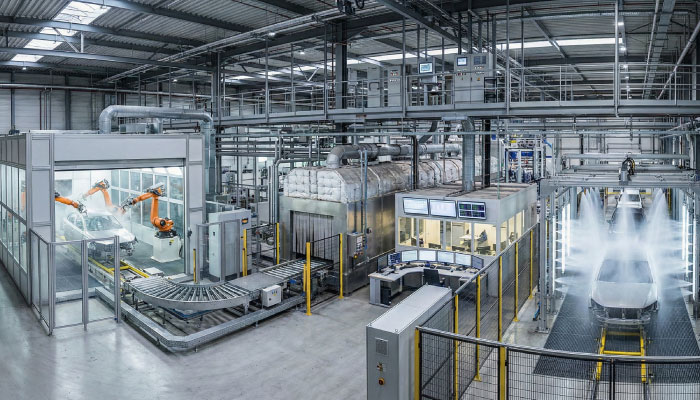
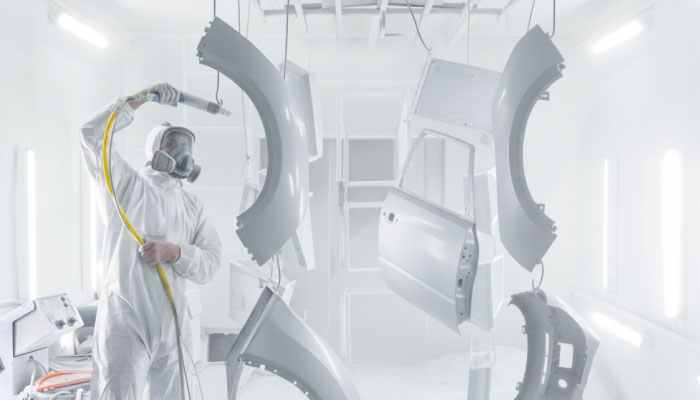
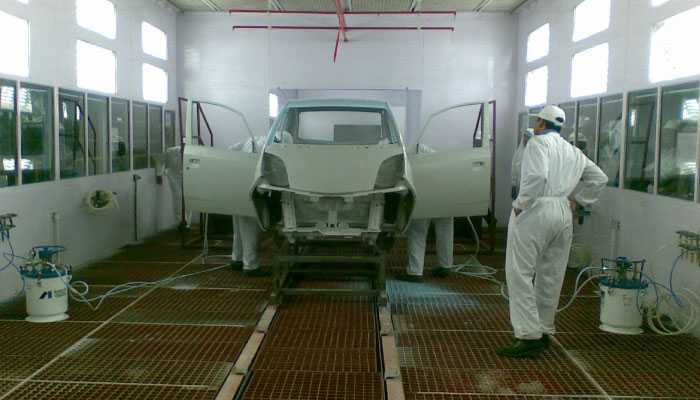
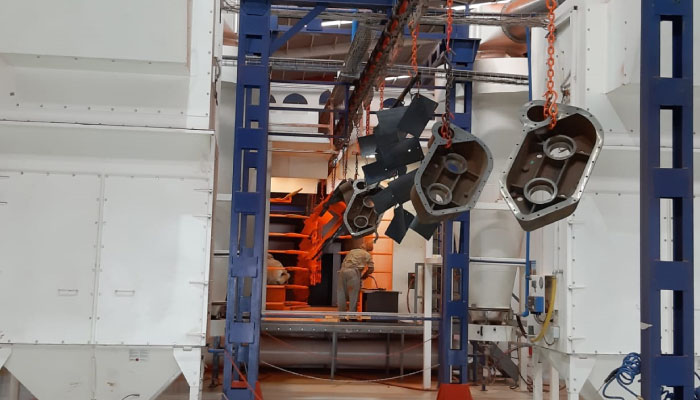
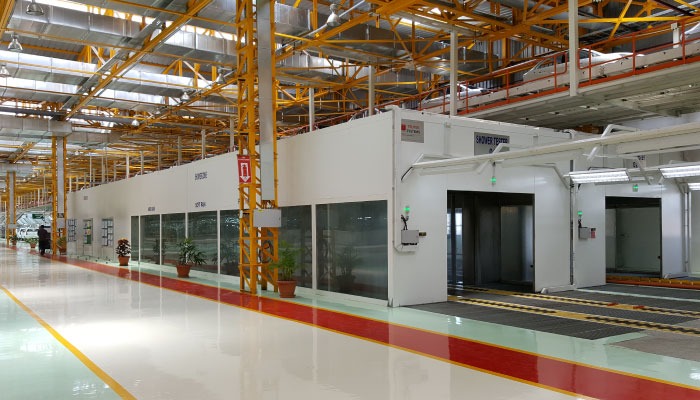
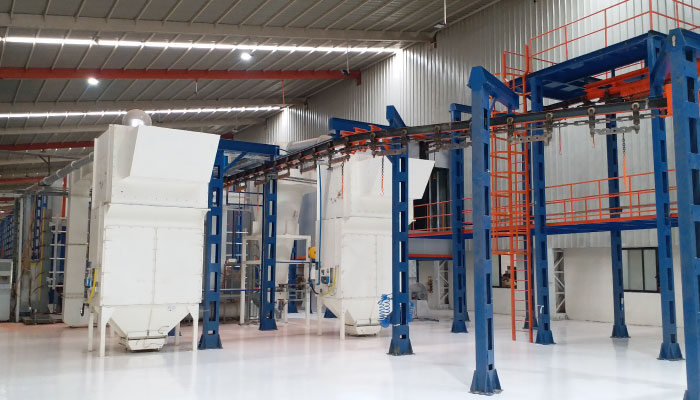
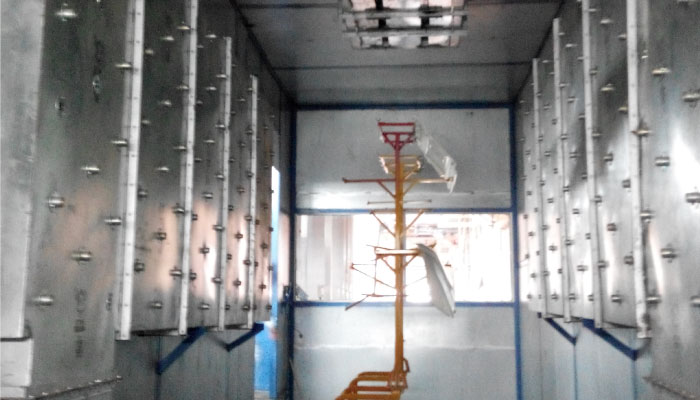
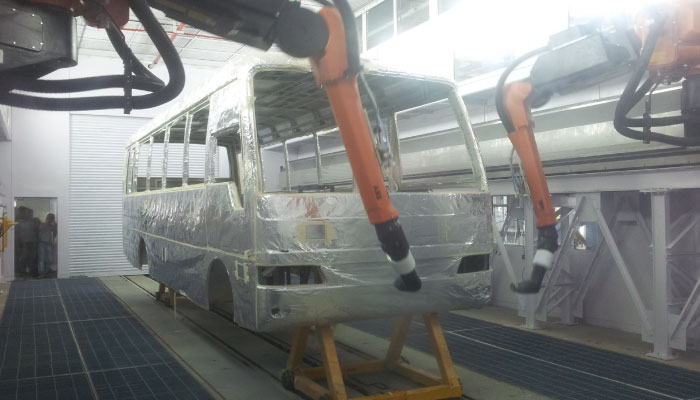
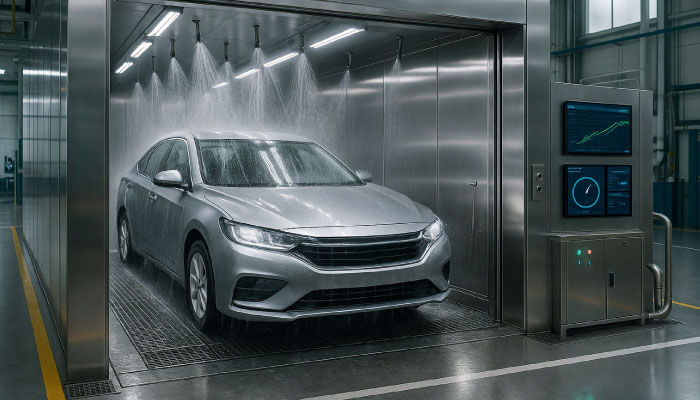
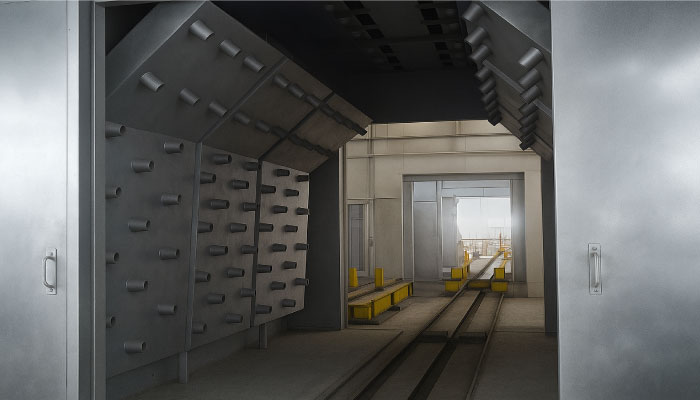
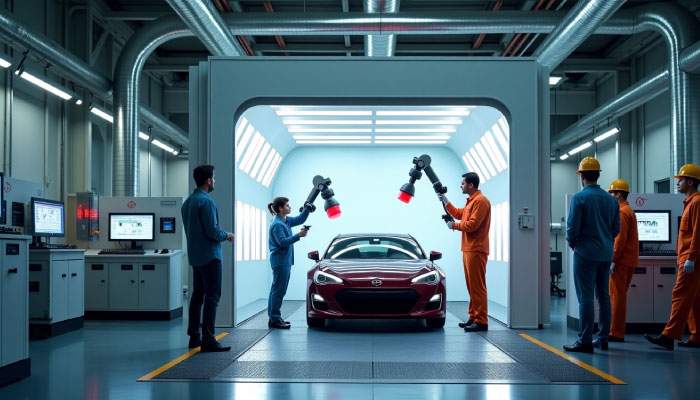
.jpg)
.jpg)


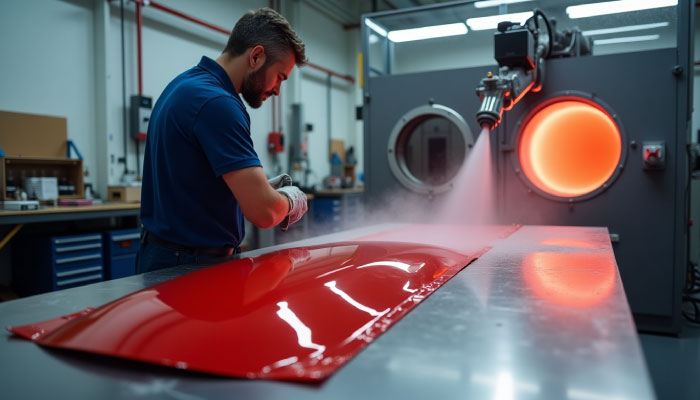

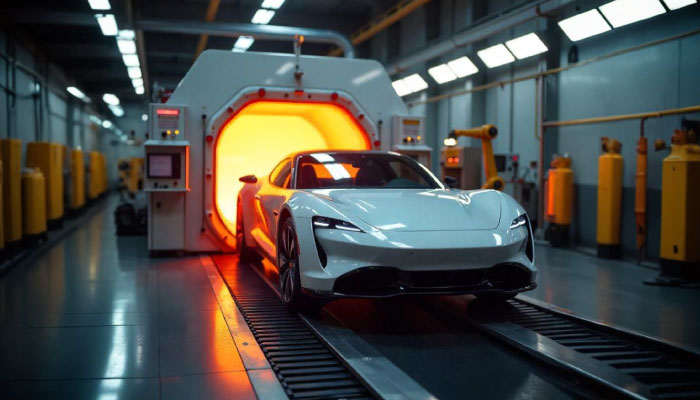
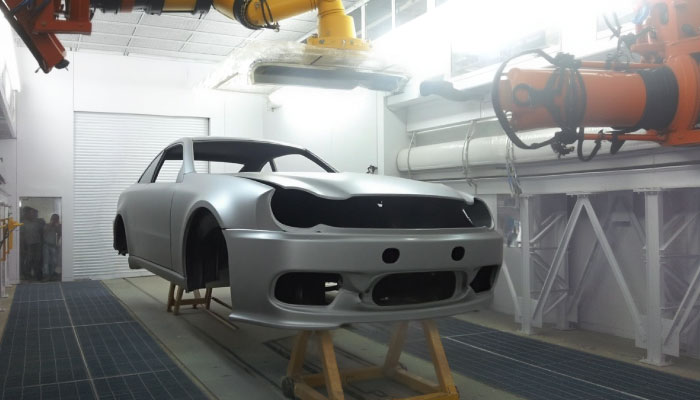
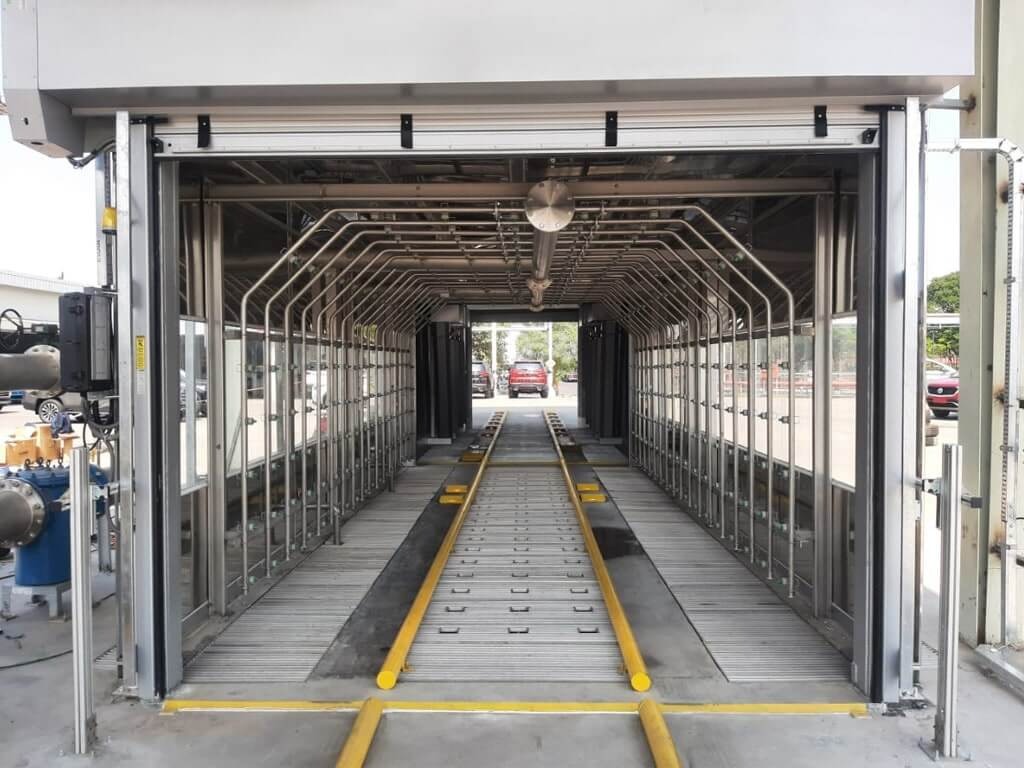
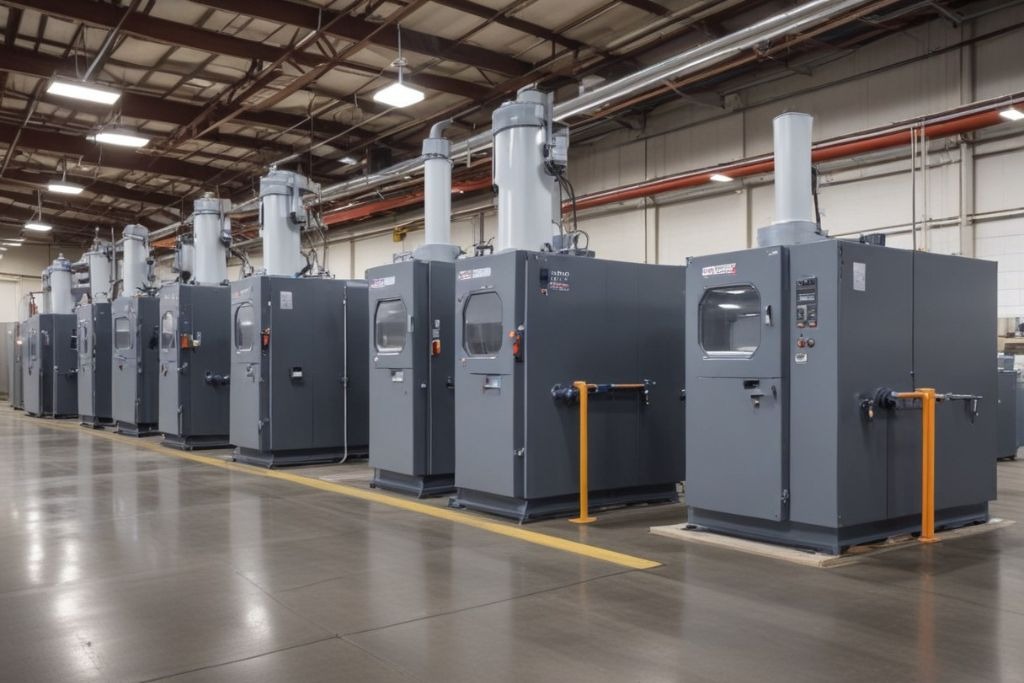
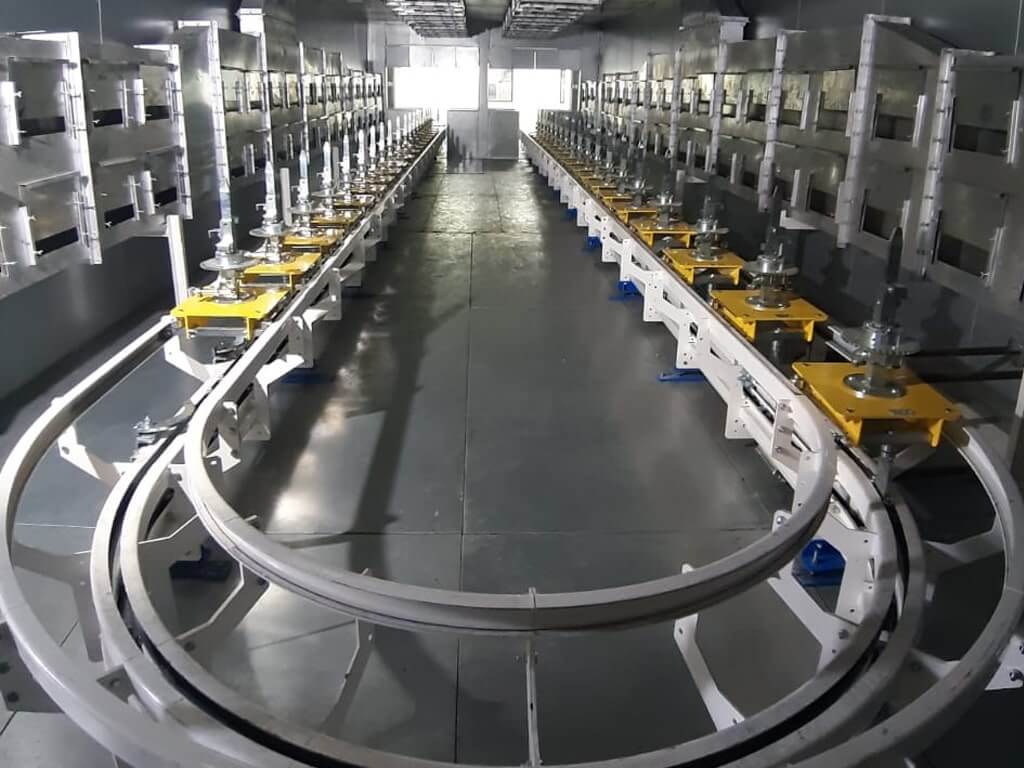
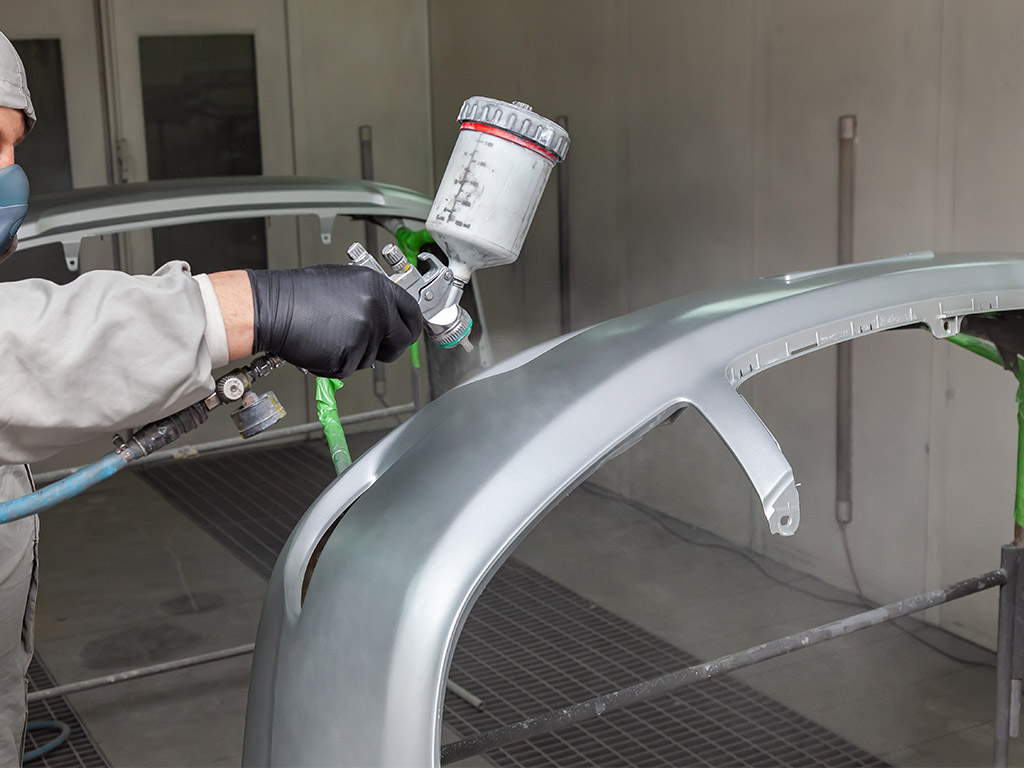
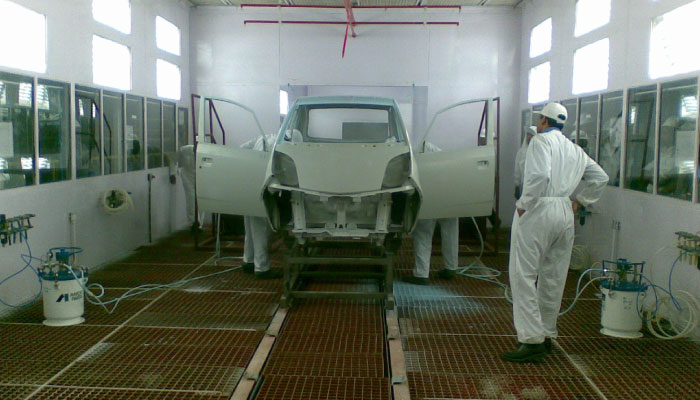
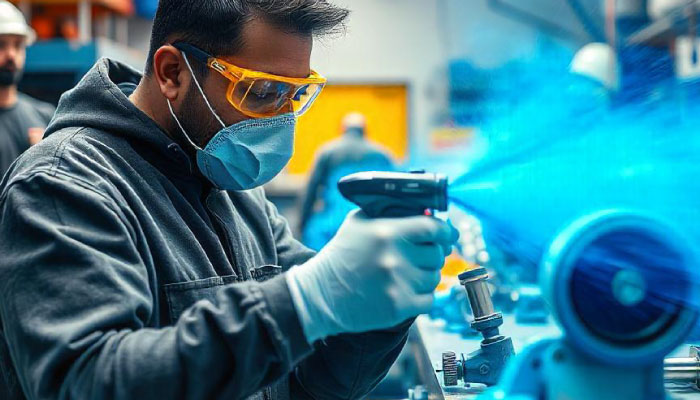
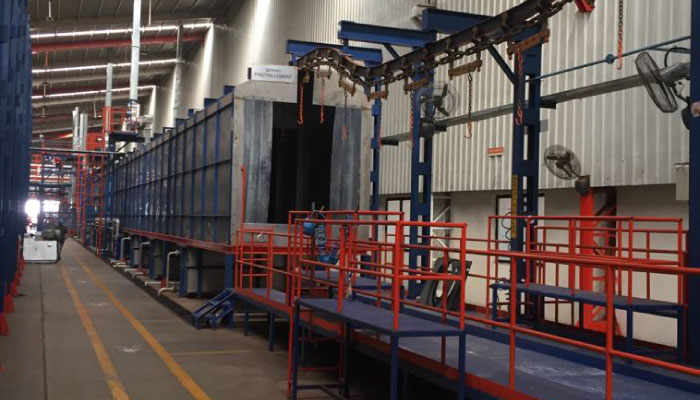
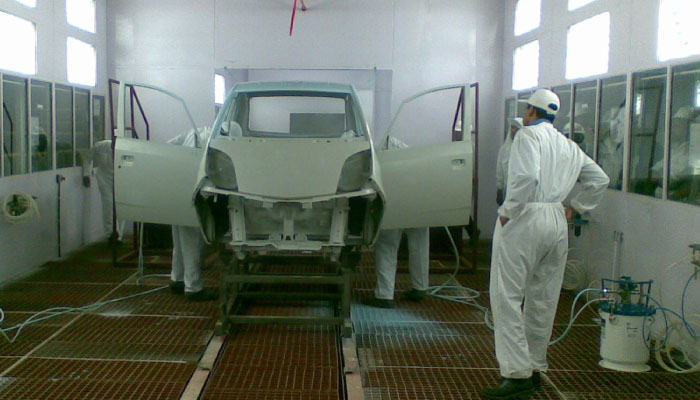
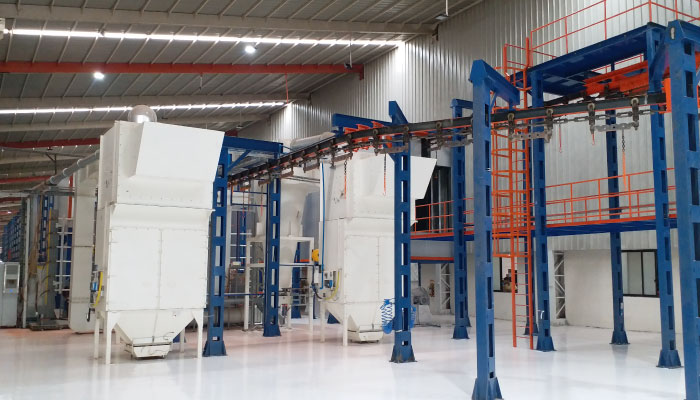
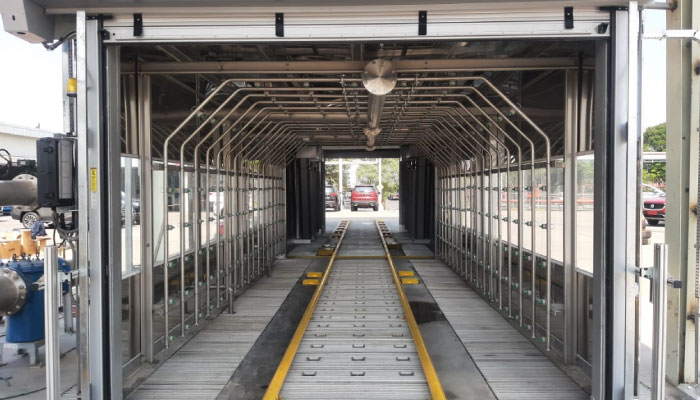
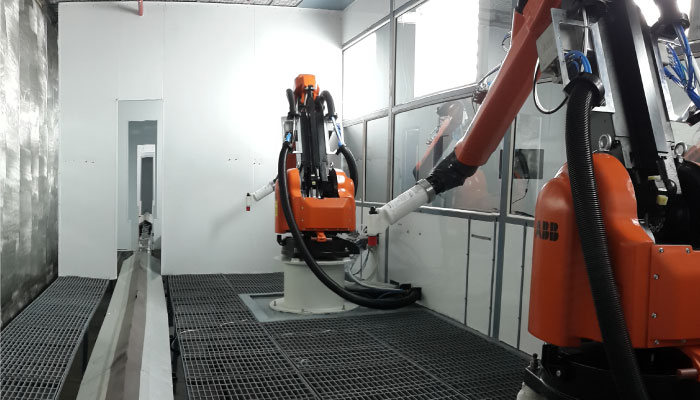
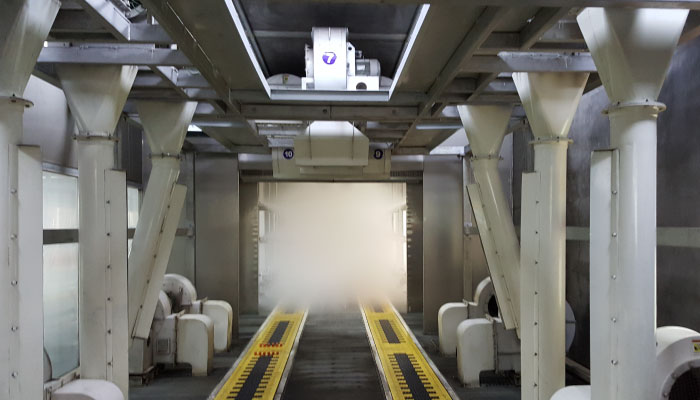
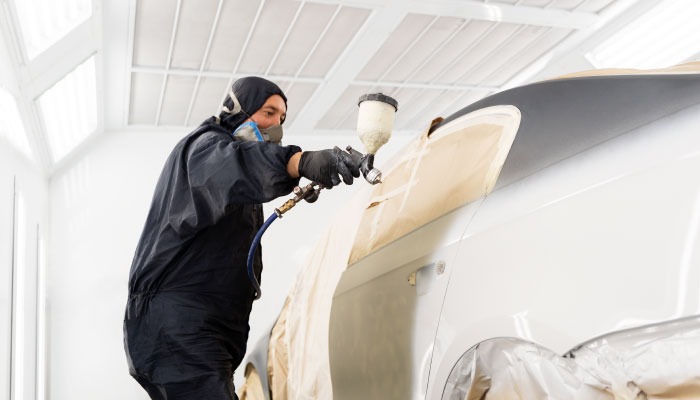

.png)
.png)
.jpg)
.png)
.jpg)
.jpg)
.jpg)
.jpg)
.jpg)
.jpg)
.jpg)
.jpg)
.jpg)
.jpg)
.jpg)
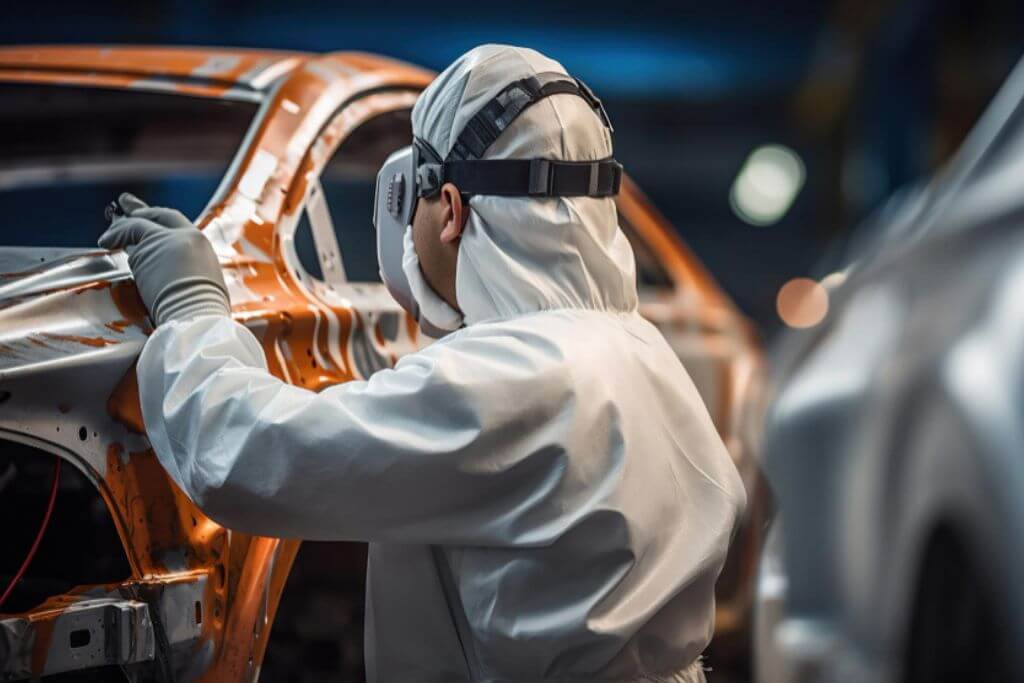
hh.jpg)
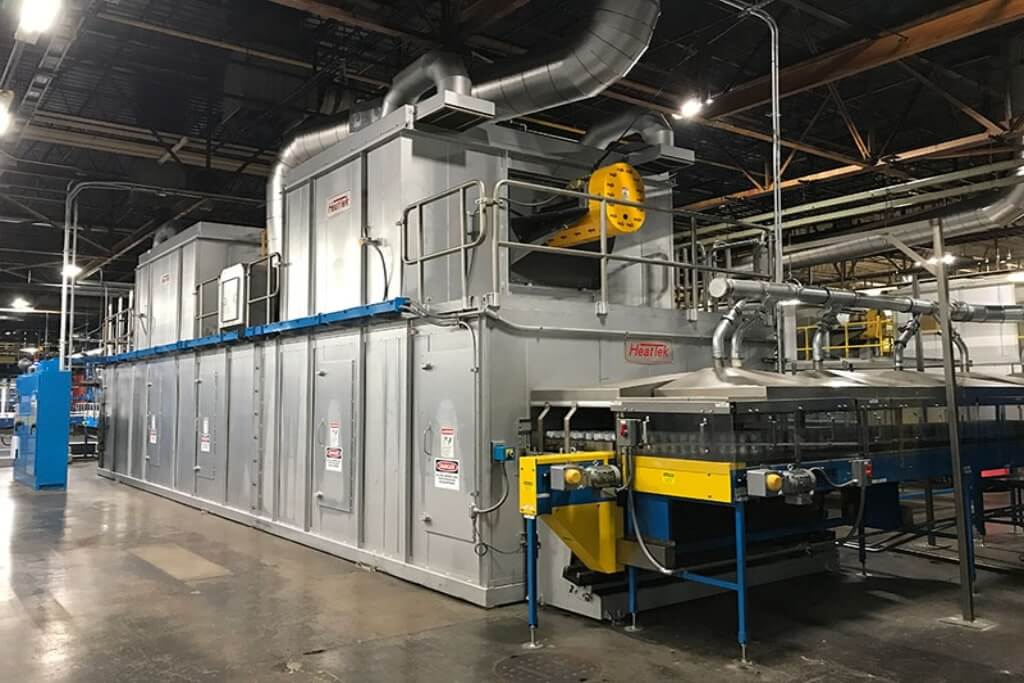
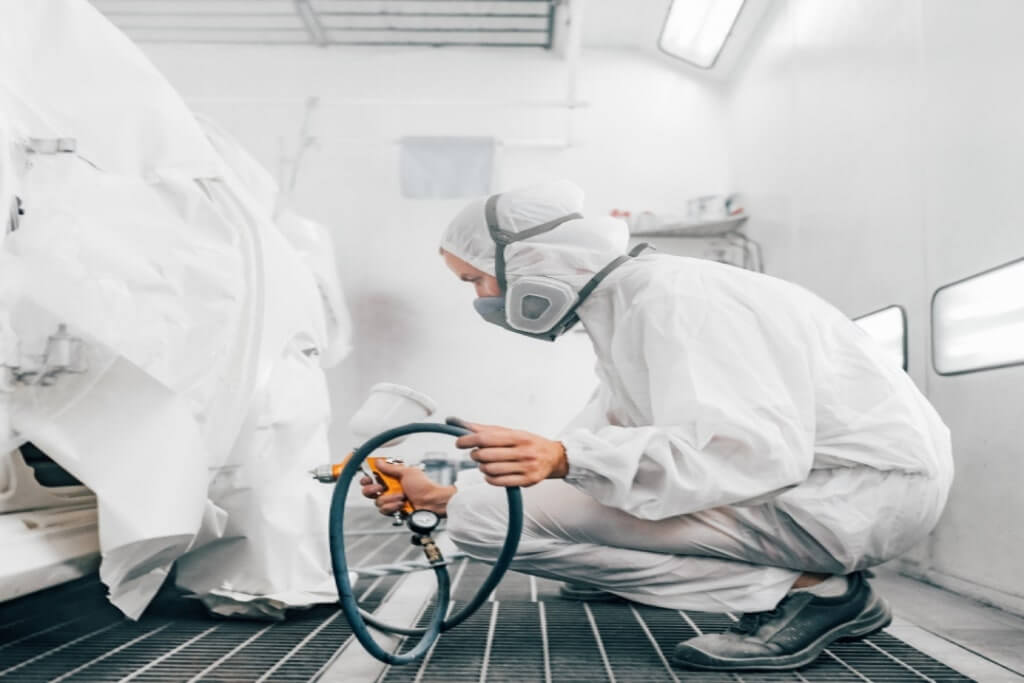
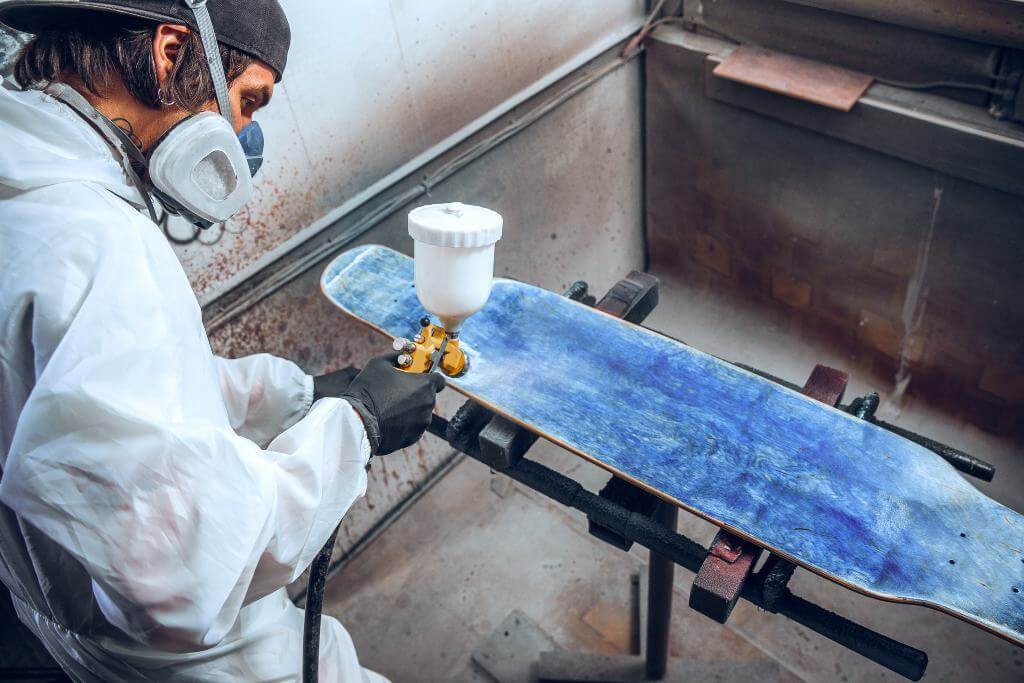
5.jpg)
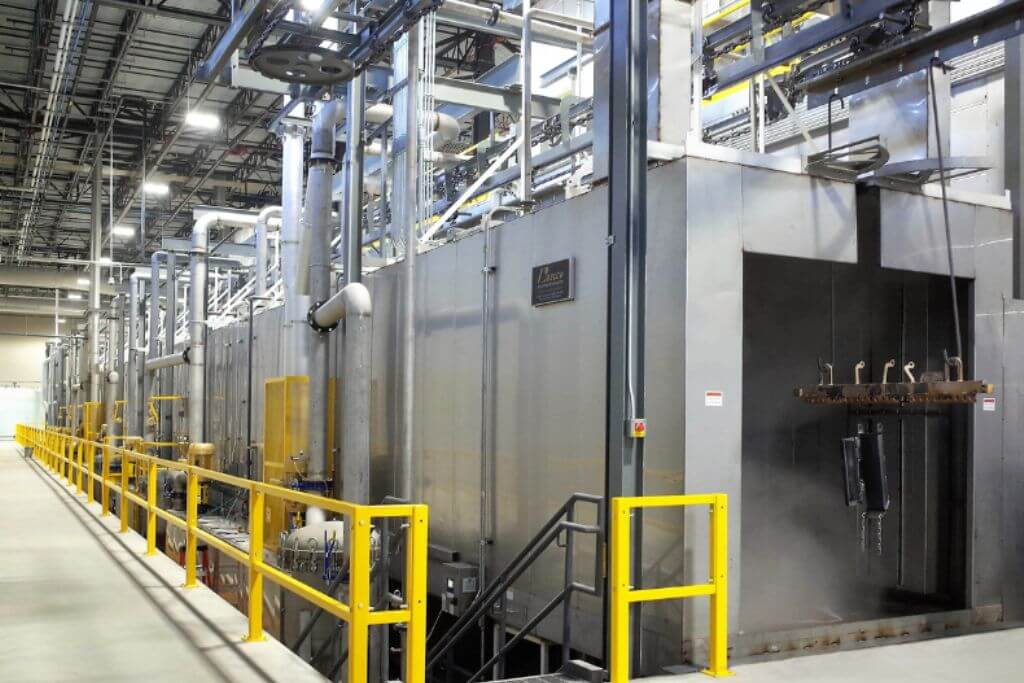
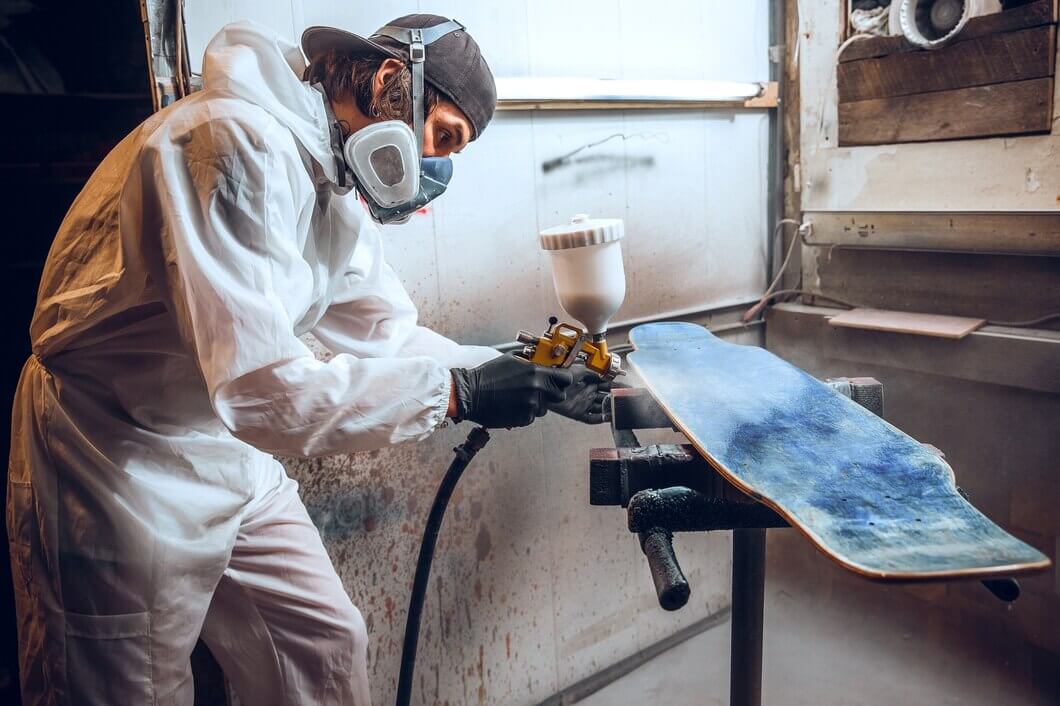
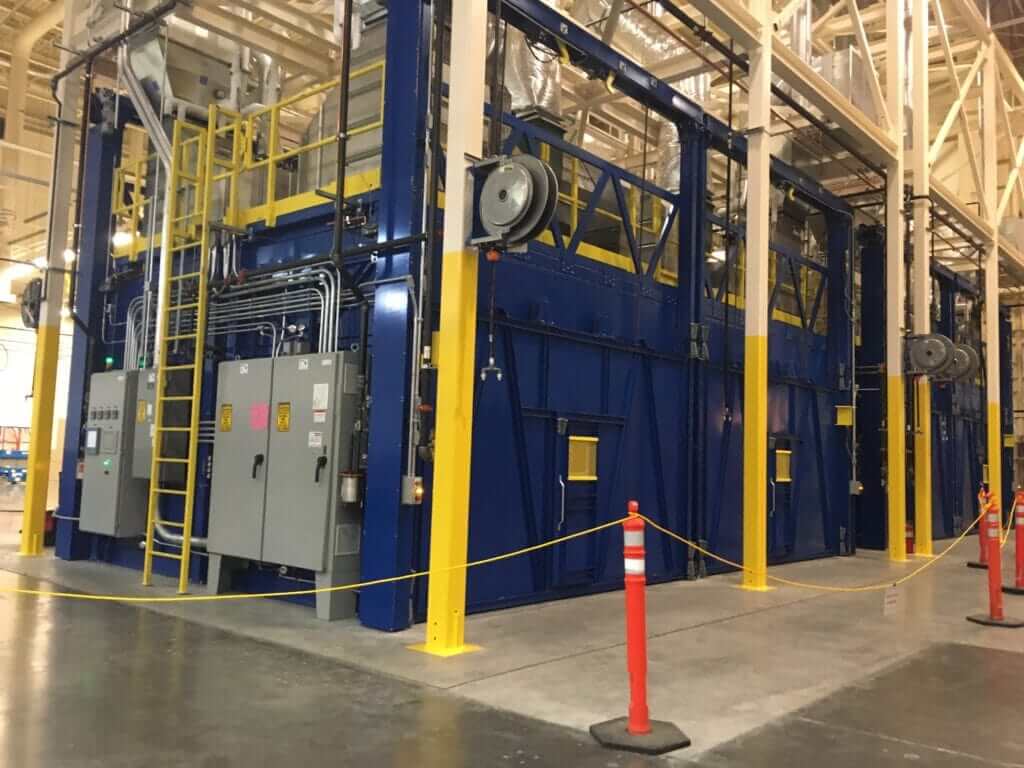
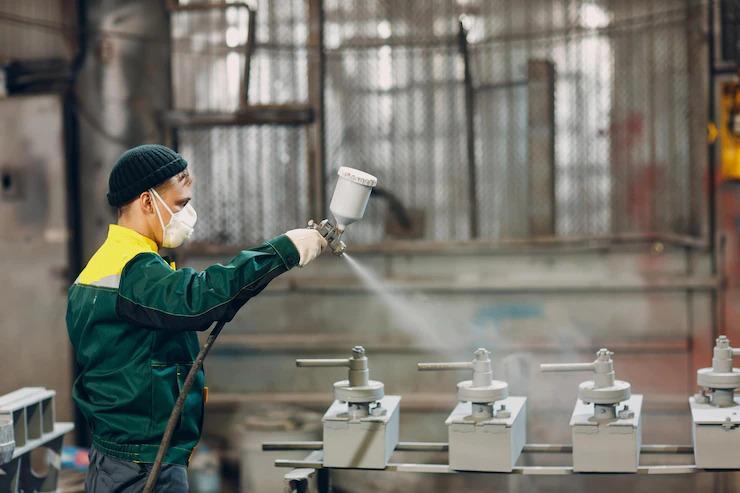
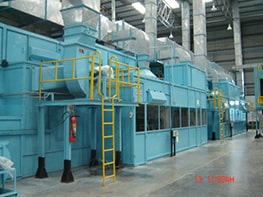
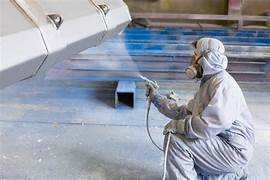
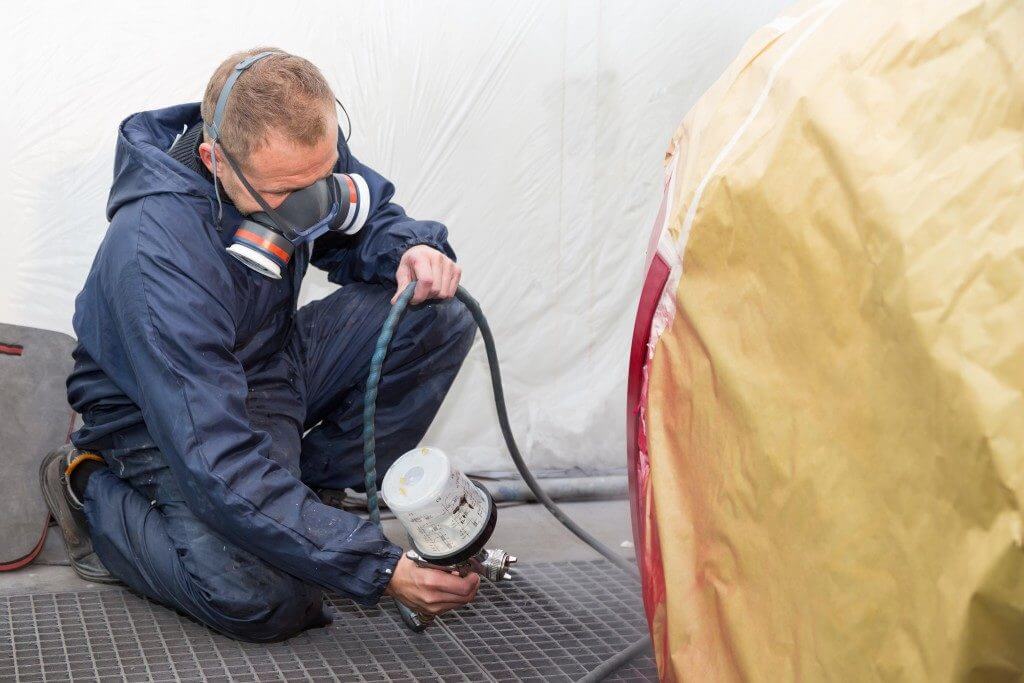
.jpg)
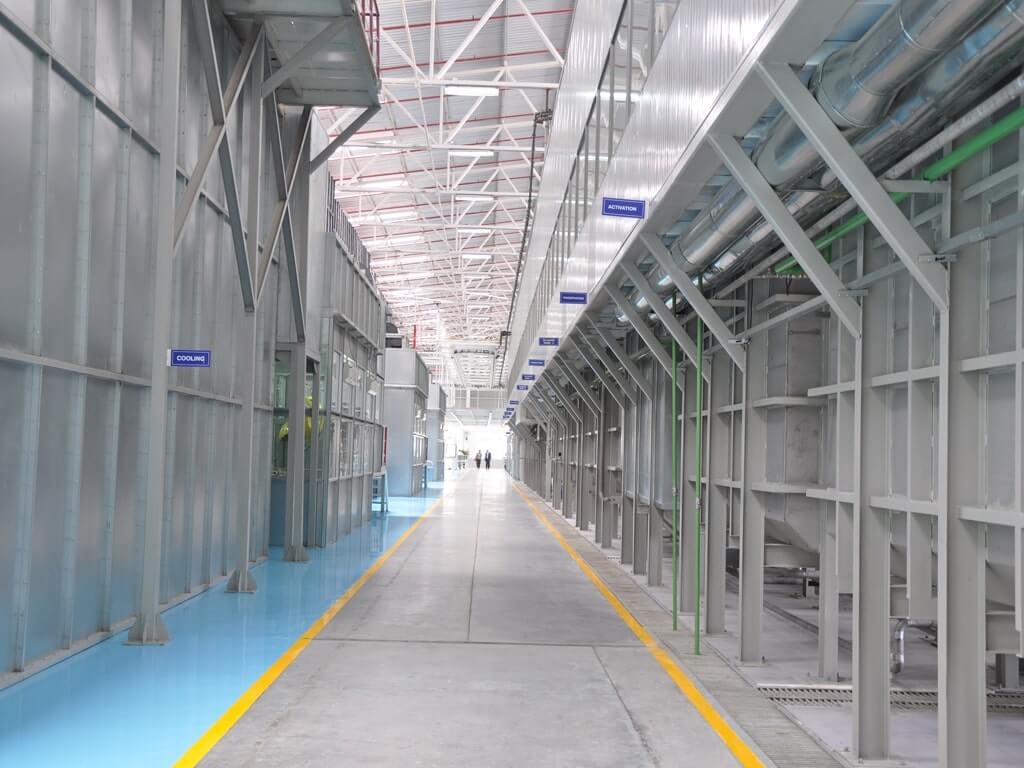
.jpeg)
